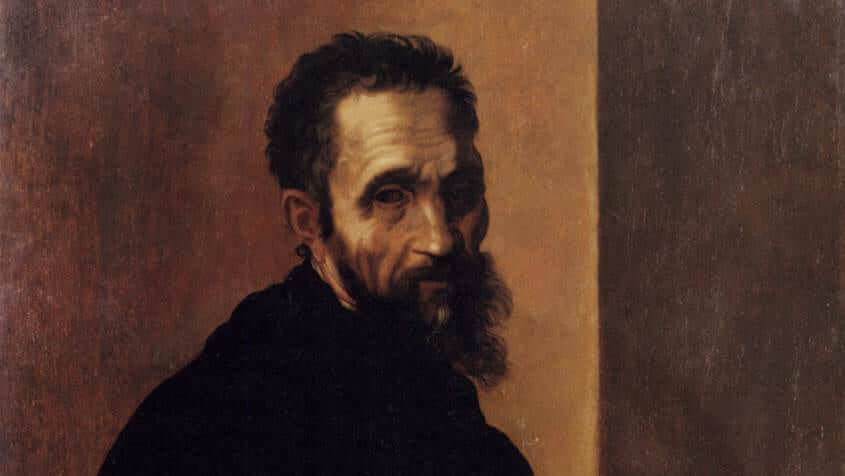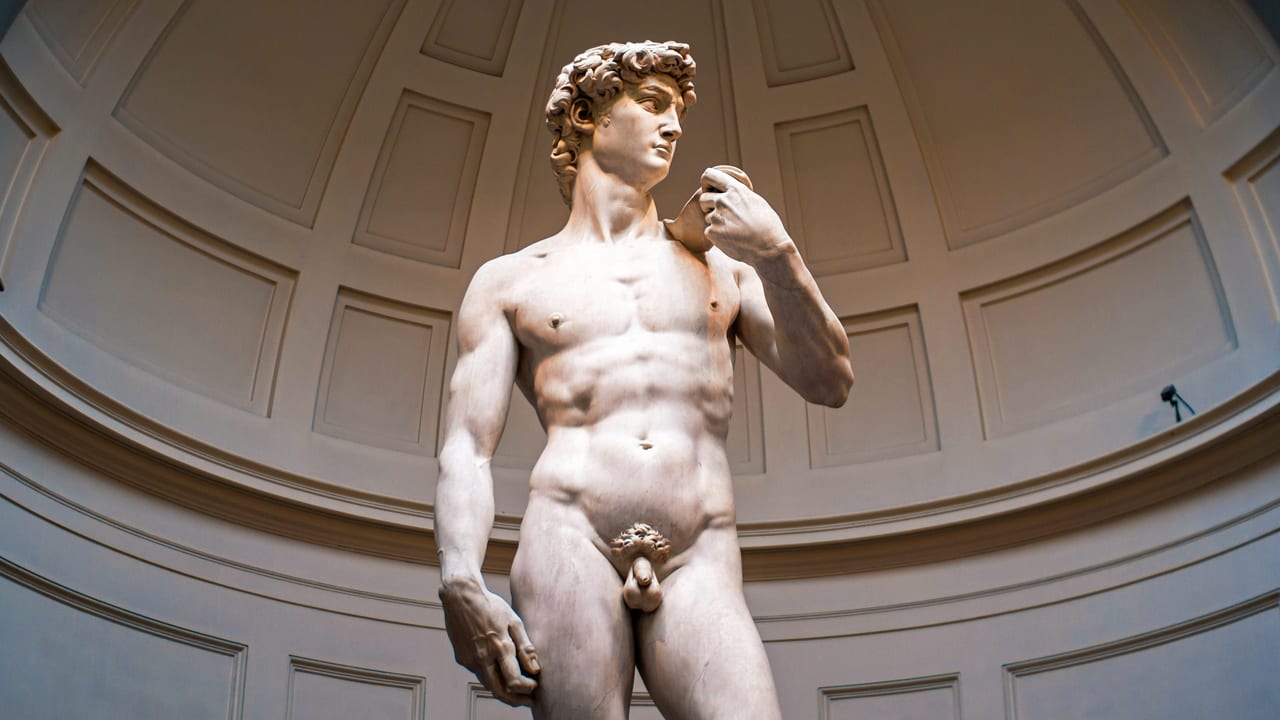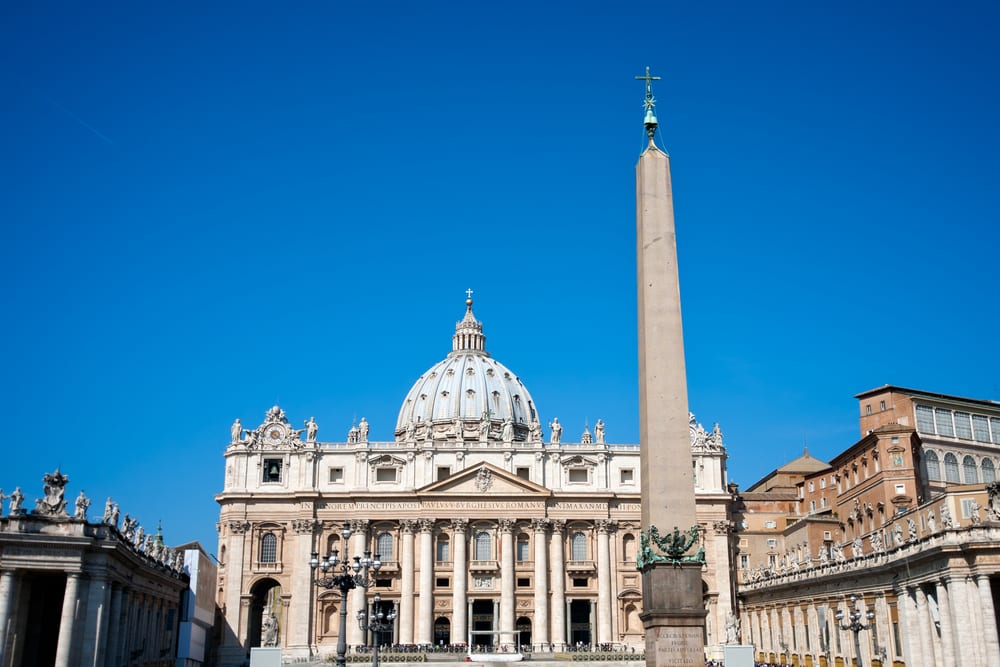8 Interesting Facts about Michelangelo that Might Surprise You – Walks of Italy
You probably know Michelangelo Buonarroti as one of the greatest artists of all time. During his prodigious career he sculpted the Pieta in Rome and the David in Florence, painted the Sistine Chapel’s ceilings and even designed the dome for St. Peter’s Basilica, to name just a few. But behind this world-famous artist was a guy with more than a few quirks.

Here are 8 interesting facts about Michelangelo, that we think you’ll find pretty surprising:
01. He was a world-renowned sculptor, painter, architect and….poet?
Yup, we’ve all seen his painting and sculpting, but one of the lesser known facts about Michelangelo was that he was a prolific writer as well. He wrote hundreds of letters and poems, more than 300 of which still exist today. The poetry is pretty suggestive, discussing love, lust, and ecstasy, as well as spirituality, loyalty and the human soul.
02. He was a forger
Ok, he wasn’t a habitual counterfeiter, but he probably got his start in 1496 from copying an ancient Roman sculpture called Sleeping Cupid and passing it off as an original. After completing the reproduction, he buried the statue underground then dug it up to give it a worn, scratched look.
Whether from the suggestion of his patron, Lorenzo de Medici, or of his own accord, he ended up selling the piece to Cardinal Riario for a large sum. Though shocking for us today, in the past art forgery, or, uh, embellishment, wasn’t quite as frowned upon (it meant that the artist was so good he could copy the greats!) and the sly act ultimately helped the young Michelangelo launch is career.
03. He wasn’t originally chosen to complete the Sistine Chapel
At the time of Michelangelo’s rise, it was Raphael who was the hot painter in town, and it was Raphael who Pope Julius II originally chose to work on the Sistine Chapel. Here’s where a bit of rivalry comes in. Michelangelo’s fame was growing with his commissions and the young artist was stealing some of Raphael’s business. Out of jealousy or pride, Raphael convinced the Pope to hire Michelangelo instead, hoping to prove that the young artist was truly just a sculptor and not able to paint as well as himself. Obviously he was disappointed.
Today more than 25,000 people view the magnificent chapel every day. It seems as though Michelangelo got the last laugh.
04. He painted himself in the Sistine Chapel
Michelangelo put his signature on the Pietà (it was his first sculptural masterpiece and so good that no one believed it could have possibly come from such a young artist, so he inscribed his name on a sash running diagonally across the Virgin Mary’s chest). But after that he never signed another work of art. Instead, he would often paint himself into them. The most famous of these self-portraits is in The Last Judgment fresco that covers an entire wall of the Sistine Chapel. There, St. Bartholomew is holding the skin of a face that appears to be Michelangelo’s.
05. David was carved from a discarded block of marble
Of all the facts about Michelangelo and his career, this is maybe the most impressive. Though notoriously picky about the marble he used, Michelangelo chose a tall, slender piece for the David, leading many to believe that the sculpture would be impossible.
Called the “Giant”, the marble slab had been quarried and then abandoned for over 40 years before Michelangelo claimed it. The stone had deteriorated and grown rough from the elements and already had more than one chisel mark in its surface.
Still, Michelangelo was able to create a nearly 17-foot tall statue of David, deemed structurally perfect by the world’s best artists and sculptures. This is why, despite the crowds that flock to it, it’s a must-see. Now we just need to hope it lasts, as recent analyses have revealed that the marble’s poor quality has contributed to the sculpture’s faster-than-usual deterioration.

06. He had terrible fashion sense, and a habit of making people angry
Michelangelo never married and had no children, but is rumored to have had love affairs with men and women alike. Though he grew to be a rich man, the interesting fact about Michelangelo was that he lived in near squalor and rarely changed his clothes or even bathed. It’s said that his clothes were so dirty and plastered on his body that when he died they needed to be cut and peeled off of him. In old age the artist lived a solitary life, only coming into contact with others when forced to by work.
Michelangelo lived up to many of the classic artist personality traits. He was harsh on himself and his work. In one of his many letters about his work on the Sistine Chapel he famously wrote, “I am not a painter.”
He was often dissatisfied and known for his critical, volatile moods. In fact, one of his peers in study, Pietro Torrigiano, was so angry with Michelangelo for his talent – or more likely for his smart mouth – that he punched him in the nose, leaving it permanently crooked.
07. He was the first person to have an autobiography published during his lifetime
Despite, or maybe because of his interesting personality, Italians adored Michelangelo, both during his time and after. He was known as “Il Divino”, or the Divine, and everyone wanted to know the facts of his life, or at least a colorful recounting of them. This is likely what led Michelangelo to publish not one, but two full length autobiographies in his lifetime.
In fact, we know much more about Michelangelo’s opinions, life and work than any other artist from his time. Besides his autobiographies, we know about the artist from letters and diaries of the people who came in contact with him, artists’ sketches who admired him, as well as the many documents that survive today from the government or papal bureaucracy. Having been commissioned for many government or papal projects, each project was meticulously recorded and kept, giving us insight into the work, timeline and pay of Michelangelo’s lifetime.
08. At 74 years old, he was called to “save” St. Peter’s Basilica
The Catholic Church called on the retired painter when he was 74 years old, basically begging him to help them complete the seemingly never-ending work on St. Peter’s Basilica. Ultimately the building wasn’t finished until after his death, but Michelangelo worked hard for 14 more years until he died at age 88, well past the average age of the time. He continued to supervise the work from home after he was no longer physically able to visit the work site regularly by sending drawings, designs and answers to the foremen. With Michelangelo’s oversight, St. Peter’s gained its majestic dome and created a skyline that pilgrims from all over the world still come to see.

